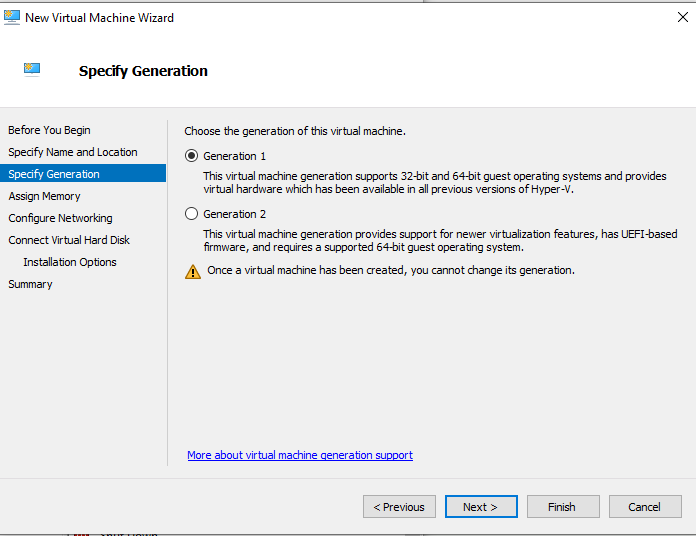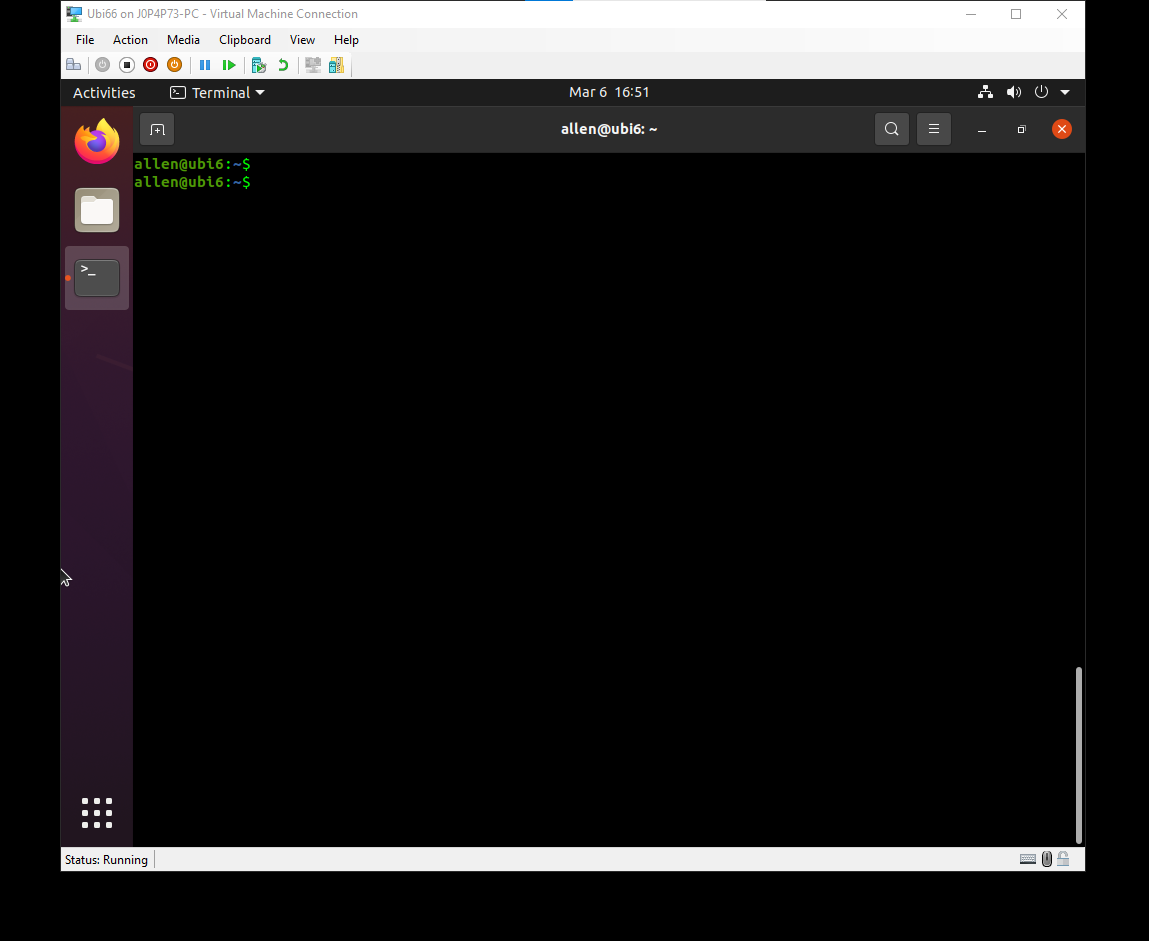Setting up and using an Ubuntu VM in 2022 [Mar 6, 2022]¶
I don’t remember how I succeeded with these in the past , but for the last 2 years, I’ve majorly failed at using an Ubuntu ISO on Windows by way of virtual machines. I keep retrying with Oracle’s VirtualBox because that’s the last memory I have of having succeeded at using an older Ubuntu version’s ISO.
Today, I decided to look up alternatives to it because:
I really want to use Ubuntu Desktop
I don’t want to dual boot
I don’t want to fail with Virtual Box anymore.
I found that if you’re using a Windows machine with an Enterprise or a Professional flavor, you can just enable Hyper-V manager that Windows provides out of the box and create a Virtual Machine using it.
Just a couple of steps to set up -
Opened up Powershell as administrator and used this command:
Enable-WindowsOptionalFeature -Online -FeatureName Microsoft-Hyper-V -All
It did have my restart my system and that took an awful lot of time because I’d had a lot of open applications from 14 days of not restarting it.
I’d already downloaded an Ubuntu 20.04 ISO so I decided to use that. But Hyper-V gives you an option of being able to choose from a couple of Linux Distros and 1 Windows 11 Dev version, so that’s available if you need to download it. I didn’t.
The one thing I tripped on was the generation of VM to ….generate. I chose V2 with UEFI because I thought the latest was better. But my ISO didn’t support it. So I was supposed to choose V1. (I don’t know what kind of ISO supports V2. Something to look up.)

Once that was done, I loaded up the Ubuntu 20.04 ISO and it was smooth sailing from there to install Ubuntu within the Virtual drive.
